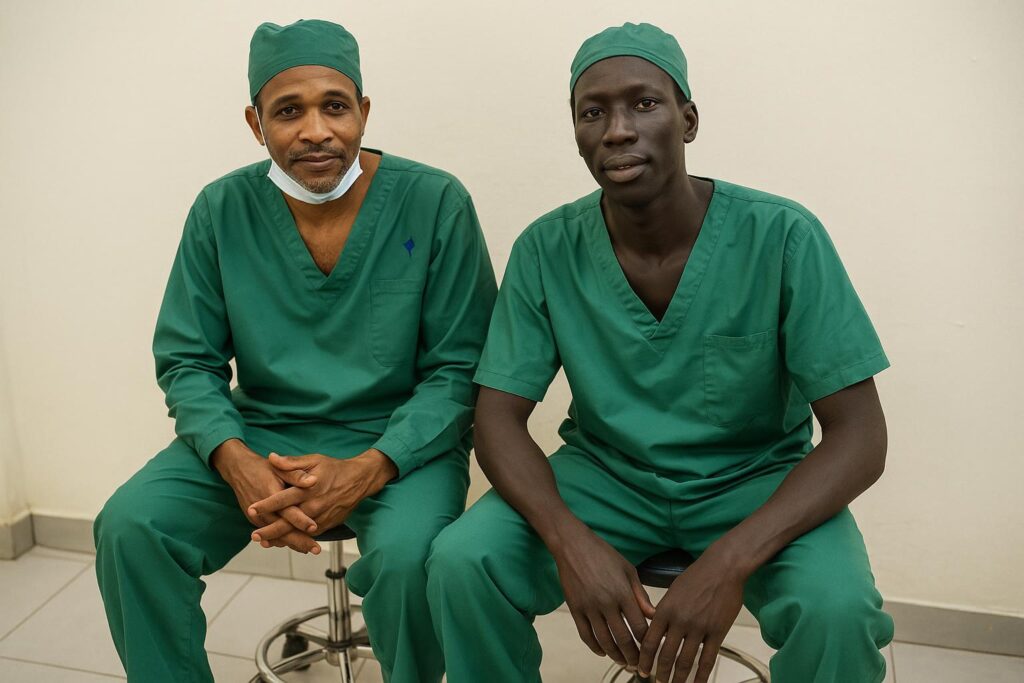A Hospital Under Scrutiny
Juba Teaching Hospital, South Sudan’s largest referral facility, has lately drawn intense public scrutiny as social media accusations swirl around maternal deaths and surgical mishaps.
Yet on the ground, health workers describe a more nuanced reality, shaped by chronic power outages, scarce consumables and an under-funded workforce.
Maternal Care Challenges
Official data suggest that up to 789 mothers die for every 100,000 live births in South Sudan, a rate health authorities call alarming (Ministry of Health 2023).
Obstetric teams at Juba Teaching Hospital say blood shortages, erratic power and limited drugs remain the leading killers, not surgical mistakes.
Training Under Pressure
The facility doubles as the country’s premier training centre, mentoring over 120 house officers annually under licensed consultants.
Senior surgeon Dr. Abik Deng notes that ‘no intern operates alone; supervision is constant, but supervision cannot replace missing equipment’.
ICU Realities
An internal audit seen by Eye Radio shows a 90 percent mortality rate in the intensive care unit, largely linked to ventilation stoppages during power cuts.
Hospital engineers confirm that the back-up generator runs on donations when fuel allocations run out, a scenario that leaves patients dangerously exposed.
Doctors on the Frontline
Junior doctors earn the equivalent of thirty US dollars a month and regularly crowd-fund to buy gloves or sutures for emergencies.
‘We are blamed for every death, yet we are unpaid soldiers,’ says house officer Nyakuoth Lual, recalling the 2023 strike that briefly halted services.
Lessons for African Health Policy
Experts argue that Juba’s experience mirrors systemic gaps in many low-income settings, where infrastructure investment lags behind medical training.
Regional health economist Dr. Mpho Maseko suggests prioritising power stability, supply chain reforms and fair wages as ‘the quickest dividends for patient survival’.
Outlook and Opportunity
Without sustained public financing, specialists warn the hospital’s training mandate could crumble, deepening an already critical care vacuum.
Conversely, even modest improvements in electricity, oxygen supply and remuneration could, analysts say, halve avoidable deaths within a year.


